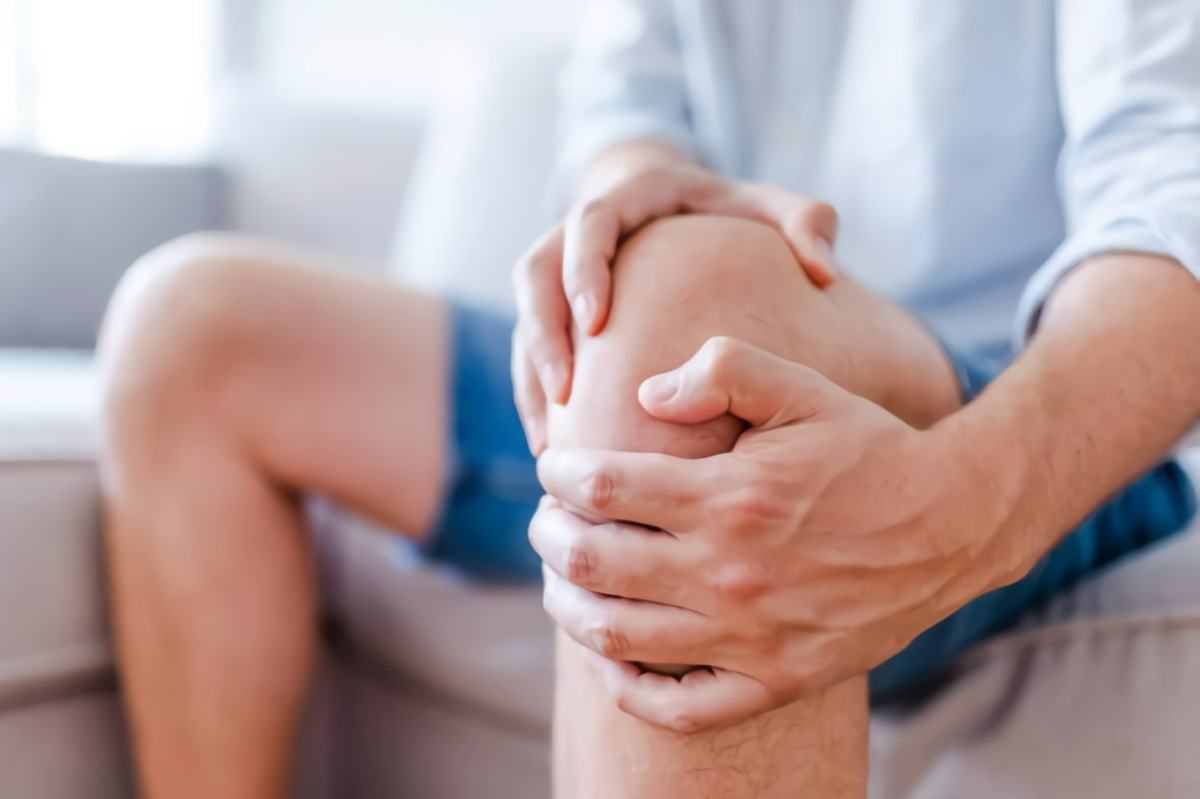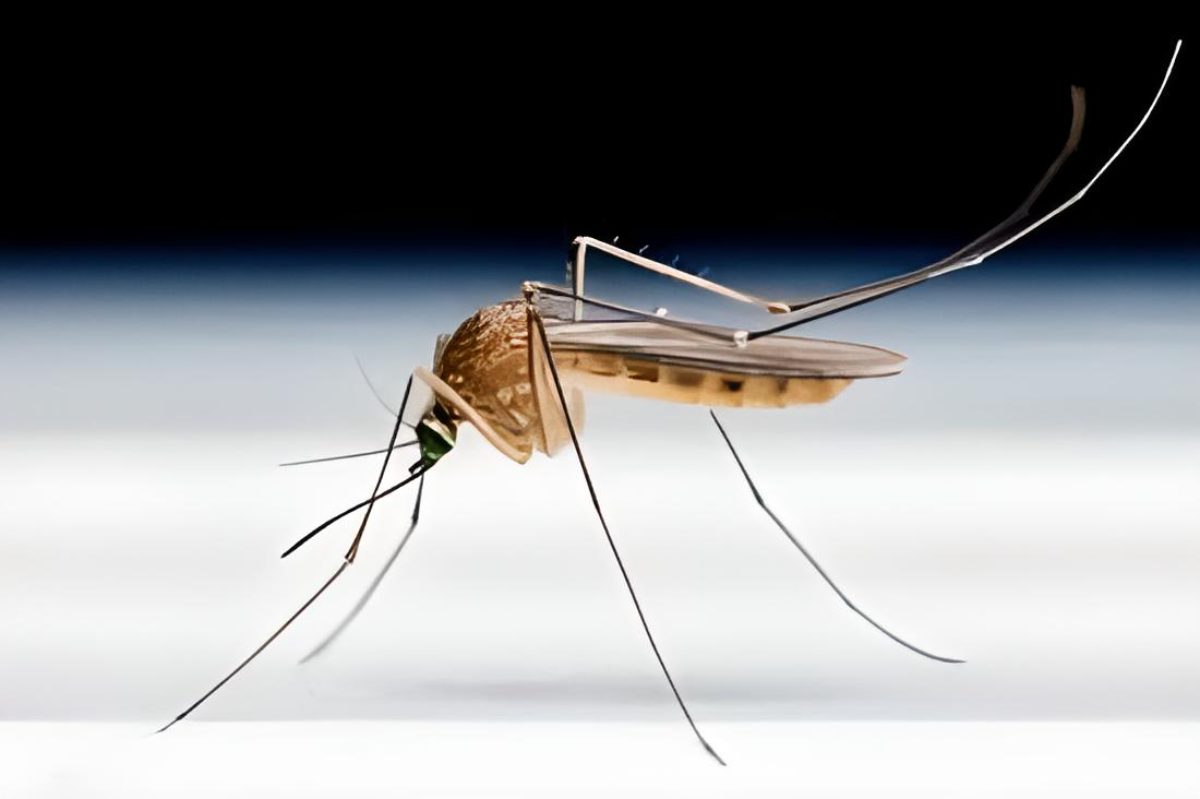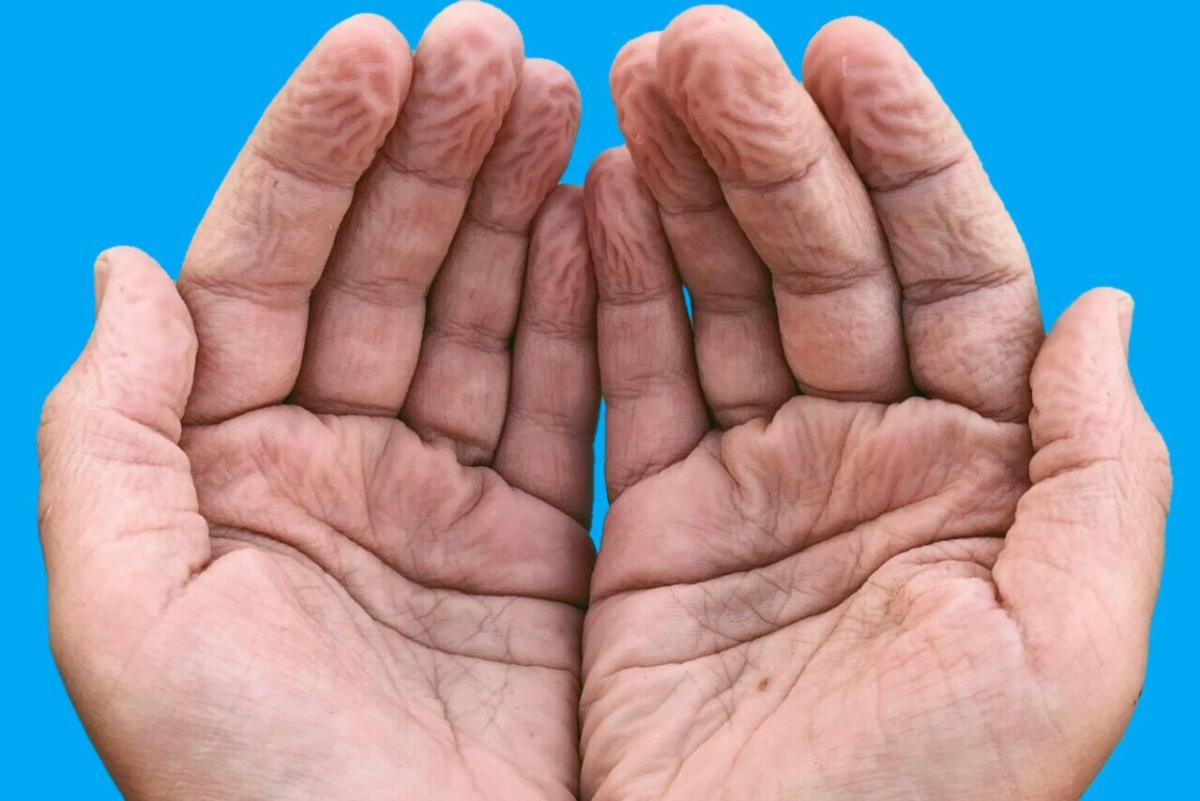Ouch! When you accidentally bump into anything or strain a muscle, you feel it right away. Instinctively, you go for the source of the pain. You try to stroke the pain away by gently rubbing your fingers over the hurt spot. But, why do we do that? The question is whether or not this touch has the potential to alleviate discomfort.
Actually, yes. Massaging the skin may really relieve severe agony. As a result of the nerve impulses stimulated by this contact, the experience of pain is lessened. This is because stroking sends information directly to the brain, bypassing the spinal cord. The slow, repeated touches are sent not as regular tactile stimuli but rather as a special form of pain input. By grasping the area in pain, this new stimulus takes the place of the actual pain stimuli in a way.
The skin where this grasping or touching happens consists of special nerve fibers called C-fibers. These thin nerve cords do not have a myelinated sheath and therefore only conduct signals slowly. The ends of these fibers are located in all the hairy skin areas of our body. Each C-fiber collects the signals from about 0.155 square inches (1 square centimeter) of skin and passes them on to the brain.
There are two possible pathways for the onset of pain
But how does rubbing the painful area on the skin function in practice? The skin’s pain receptors are among the first to go into warning mode after bumping into something. There are now two pathways for transmitting this pain signal to the brain. Extra-quick pain-sensing nerve fibers make sure we feel the damage as soon as it happens, often in the form of a sharp stab. In the case of a hot stove top, for instance, this early warning allows us to avoid injury. Or to automatically reach the location where we banged into anything.
However, at the same time, the slower C-fiber transmits the pain signal. The dull, constant discomfort is caused by the signal reaching the brain. You then send positive “stroking signals” to the place that hurts by rubbing your palm over it. Even if the brain gets pain signals from the same location at the same time, these rubbings are not actually blocked. In fact, these stroking impulses serve as a barrier against actual pain.
What makes self-touching so effective against pain?
It’s worth noting that self-touch enhances the efficacy of these strokings. So far, this is what the findings of a study led Patrick Haggard of University College London show. The scientists had participants rate the intensity of a heat ache on their finger after touching their hand or after having it touched by another person. A decrease in discomfort of 64% was seen only when the test subject touched the area with their own hand.
The intensity of our pain sensation is determined not only by the strength of the pain impulses that make it to the brain but also by how the brain combines those signals into its picture of the body. Apparently, self-touch aids the brain in assigning and integrating information from the damaged body region. Consequently, this tends to lessen the sensitivity to touch.






